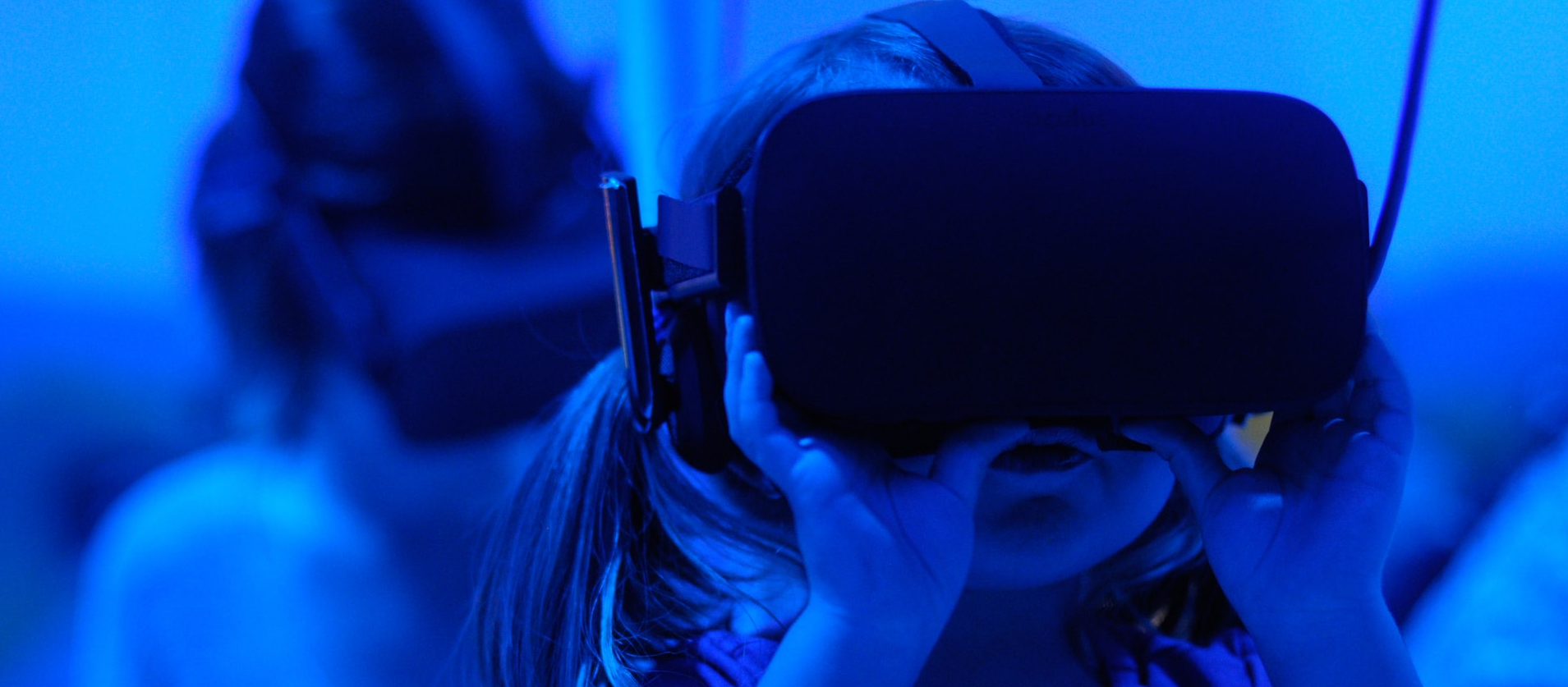Healthcare for All: Both Policy and Innovation Matters
Ensuring better health for all is one of UN’s sustainable development goals, promising to improve global health outcomes for all. Nonetheless universal health access remains a distant reality, particularly in underserved communities around the globe.
The pandemic and other ongoing crises are significantly obstructing progress towards universal healthcare access. These uncertain events have exacerbated existing health inequalities, while threatening to rewind progress made in universal health coverage.
As of 2022, 68 million children have been un- or under-vaccinated from TB and malaria. Nearly 800 women are still dying from preventable causes related to pregnancy and childbirth every day. Ending communicable diseases by 2030, also remains off course. The TB incidence rate rose by 3.6% between 2020 and 2021, reversing declines of about 2% per year for most of the previous two decades. Meanwhile, there were an estimated 247 million malaria cases globally in 2021, compared to 224 million in 2015.
Healthcare security systems and provisions were completely disrupted amid the pandemic. There is still no respite as destabilizing macroeconomic conditions further exacerbate the situation.
Innovation to the Rescue
However, a beacon of hope shines in the form of innovation, particularly technological advancements, that are paving the way for an equitable healthcare landscape. Innovations and technologies such as messenger RNA (mRNA) genetic technology, telemedicine, AI and machine learning, 3d printing and many others are bridging the gap and bringing quality healthcare closer to those who need it most.
iFLYTEK, one of China’s leading AI and speech-technology firms, has created a national AI Medical Assistant. Healthcare professionals input a patient’s symptoms into the software, which then suggests a potential diagnosis. The platform reportedly provides approximately 400,000 auxiliary opinions daily across 30,000 medical institutions.
During the pandemic, a cooperative effort involving biomedical engineers, radiologists, respiratory specialists, and clinicians from various Chinese institutions and hospitals led to the accelerated detection and treatment of COVID-19 symptoms. They trained a machine-learning software on over 145,000 chest X-ray images from seven hospitals, resulting in an algorithm capable of identifying respiratory diseases, including COVID-19, with an accuracy rate of more than 90%. This significantly alleviated the workload of radiologists in six hospitals during the pandemic. The data and back-end code used to power the machine-learning software have been made publicly accessible to aid global COVID-19 research efforts.
Robust Policies
China has put in place a number of policies aimed at providing healthcare for all its residents. In 2009, a new wave of reforms was initiated in the healthcare system with the objective of ensuring that all Chinese citizens receive equal and guaranteed basic medical and health services by 2020. Following the introduction of these reforms in 2009, there was a significant increase in healthcare resources, including healthcare facilities, beds, healthcare personnel, and healthcare spending over the next decade. By 2018, per capita government health expenditure had grown by 2.6 times compared to the levels in 2009.
China has taken significant strides in providing universal health insurance coverage, with approximately 95% of its population now insured. A variety of government-backed or mandated health insurance schemes are available to Chinese citizens. Those employed in urban areas are obligated to join a program funded mainly through payroll taxes from employers and employees. Other residents have the option to sign up for the Urban-Rural Resident Basic Medical Insurance, which is largely financed by the central and local governments through subsidies for individual premiums. Health care services are delivered by a mix of public and private organizations, coordinated by local health commissions. For those who cannot afford the individual premiums for public health insurance or cover out-of-pocket expenses, a medical financial assistance program acts as a safety net. This program, supported by local governments and social donations, is available in both urban and rural regions.
Moving Forward
To fully realize the goal of universal health coverage and improve human capital outcomes across the world, mental health programs must be integrated. Estimates suggest that nearly 1 billion people are living with a mental health condition. Countries will need to factor in the issue of increasing mental health conditions which are being further impacted by the rising uncertainty around climate change, job losses, and debilitating macroeconomic conditions.
Healthcare coverage gaps are widening globally, and countries must increase their spending on primary healthcare by at least 1% of their GDP. This is imperative to ensure countries realize their long-term economic prospects as lack in health coverage will make them more vulnerable to global epidemics.
The situation looks dire in developing countries that are now faced with aging populations, which will put a strain in healthcare spending. Countries, businesses, and healthcare operators need to collaborate in developing healthcare plans and policies that strive towards making healthcare affordable and accessible for all.
Making healthcare both accessible and affordable for all citizens in China is a crucial step as the country moves towards becoming an entrepreneurial state. This will be a key point of discussion in the upcoming Horasis China Meeting, set to take place on the 14th and 15th April 2024 in Binh Duong, Vietnam. The event is expected to host over 300 high-ranking members of the Horasis Visions Community, comprising distinguished business and governmental leaders from China.
Photo Caption: The pandemic further emphasized the need for healthcare security.




